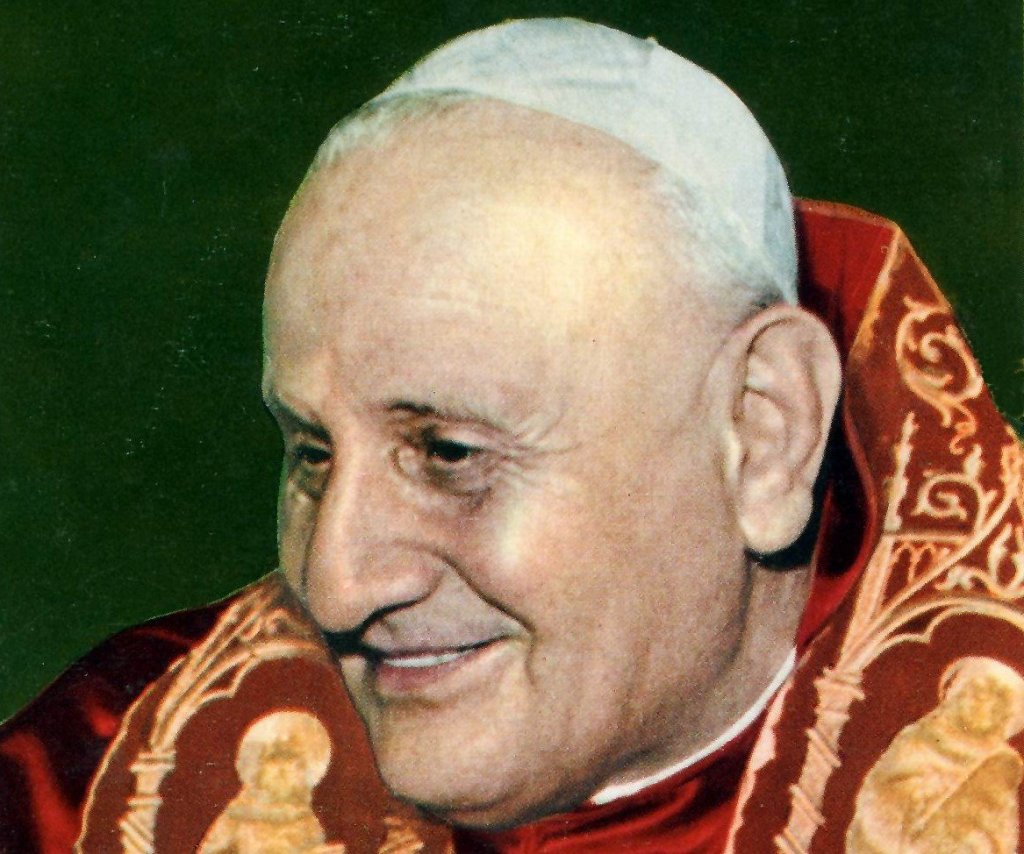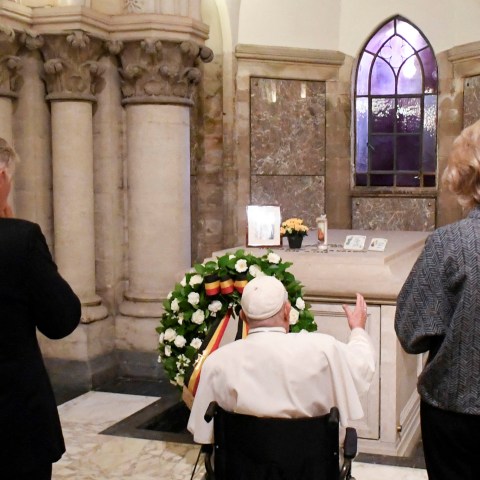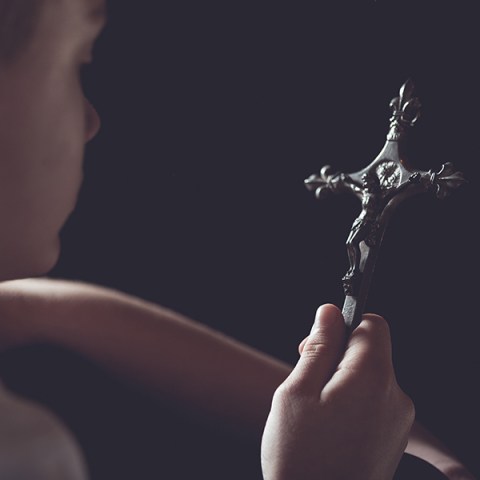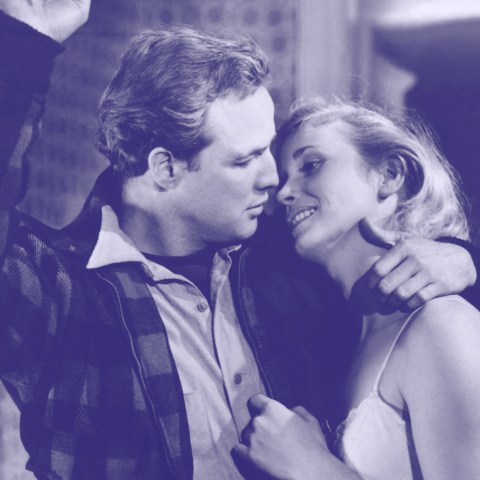A pope who resigned
The first pope to hail from Venice was Gregory XII (1406-1415), born Angelo Correr. He was elected in the midst of the Western Schism, while antipope Benedict XIII reigned in Avignon (France).
The son of Venetian aristocrats, Correr was elected pope in 1406, but was deposed by the council in Pisa in 1409, which brought together cardinals who, to end the schism, decided to elect two new antipopes: first Alexander V, and then his successor, John XXIII.
Weakened, Gregory XII finally decided to resign at the Council of Constance in 1415, bringing the Western schism to an end. He became a simple bishop once again in Frascati, and was the last pope to renounce before Benedict XVI in 2013. His successor Martin V was elected only after his death in 1417.
A pope who tried to reconcile with the Orthodox
Venetian popes were distinguished by their nepotism. The first obvious example is Gabriele Condulmer, nephew of Gregory XII, who created him cardinal at just 25. After serving his uncle and then his successor Martin V, he was elected as Eugene IV (1431-1447).

Shortly after his election, he had to flee Rome disguised as a monk after alienating the local aristocracy. He ruled outside the Eternal City for 10 years in a pontificate marked by the Council of Basel, which opened in 1431. During this Council, the participants attempted to reconcile with the Orthodox, before designating an antipope, Felix V. The Council then moved to Ferrara, then Florence, where it led to the reconciliation of Catholics and Orthodox. But the decision was never actually accepted by the latter.
A pope by nepotism times two
Nephew of Eugene IV, Pietro Barbo began his career as a merchant before joining the clergy when his uncle was elected pope. The latter appointed him bishop, then abbot of Monte Cassino, and finally created him cardinal in 1440 at the age of 33. After Pius II's death in 1464, Pietro Barbo was elected pope and took the name Paul II (1464-1471). He is said to have considered taking the name Formosa II.
His reign was marked by an absolutist vision of papal power. He persecuted the humanists and spent lavishly on the splendor of his court, building the Palazzo San Marco in Rome, now called Palazzo Venezia. In 1475, he was the first to declare a Jubilee every 25 years. He is said to have died of indigestion from eating melons.
The second oldest man elected pope
More than two centuries later, Pietro Vito Ottoboni, son of one of the leaders of the Venetian Republic, was a brilliant canonist in the Roman Rota. He was created cardinal by Innocent X at the request of the Serenissima in 1652, then elected pope in October 1689 at the age of 79 years and two months, under the name of Alexander VIII (1689-1691). He almost holds the record for being the oldest at the time of election, beaten only by Celestine V at 85. His pontificate lasted just 15 months: He created the dioceses of Peking and Nanjing, and was the last pontiff to practice nepotism.
A defender of the Jesuits
Less than a century later, it was the turn of Carlo Castelbarco Pindemonte della Torre di Rezzonico, a wealthy Venetian elected as Clement XIII (1758-1769). During his pontificate of just over 10 years, he had to deal with the successive expulsions of Jesuits from Portugal, France, Spain, and the Two Sicilies.
He stood firm against the monarchs of these countries, refusing to abolish or reform the Society of Jesus as they demanded. He was the pope who put Diderot and d'Alembert's Encyclopédie on the Index.
The last pope born in the Venetian Republic
After this, there have been no more popes from Venice strictly speaking. Gregory XVI (1831-1846) was born in the Republic of Venice, but in Belluno in the Venetian Alps. When he acceded to the throne of Peter, the Republic of Venice no longer existed. After him, in the 20th century, three patriarchs of the Serenissima, although not Venetians by origin, were elected popes.
The first canonized pope from Venice
The first of these popes not born in Venice was Giuseppe Sarto — Pius X (1903-1914) — who came from a modest family in the Veneto province of Treviso. He became patriarch of Venice in 1893 and was elected pope at the 1903 conclave.
The pope who called for the Second Vatican Council

The second was the pontiff who opened the Second Vatican Council, John XXIII (1958-1963). A native of Lombardy, Angelo Roncalli worked in papal diplomacy before being appointed Patriarch of Venice in 1953 by Pius XII.
The “smiling pope”

The last Venetian pope was John Paul I (1978), born Albino Luciani. A native of Belluno like Gregory XVI, Luciani took part in the Second Vatican Council, and was then chosen, to everyone's surprise, as Patriarch of Venice by Paul VI in 1969. He was elected on the latter's death. However, the pontificate of this "smiling pope" lasted just 33 days.












